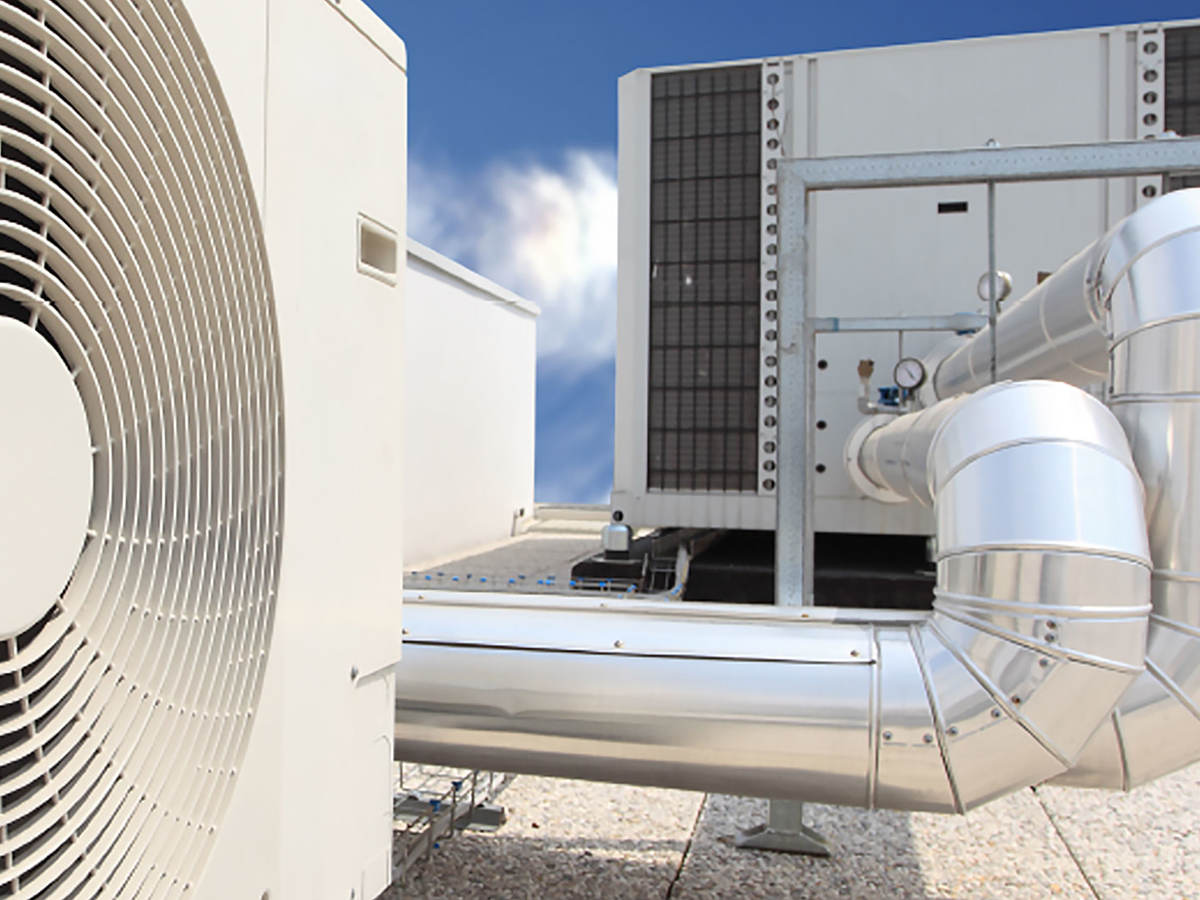
Air Conditioning Equipment: Keeping Your Cool in Every Season
Introduction
In the scorching heat of summer or the chilly days of winter, air conditioning equipment proves to be a lifesaver, providing us with the comfort we need to thrive in our homes and workplaces. This article dives into the world of air conditioning equipment, exploring its different types, functioning, benefits, and maintenance tips to ensure your cooling needs are met efficiently.
What is Air Conditioning Equipment?
Air conditioning equipment, commonly known as AC, is a system designed to control and modify indoor temperature, humidity, and air quality to create a comfortable environment for occupants. It helps in maintaining a consistent temperature, making it suitable for both residential and commercial spaces.
Types of Air Conditioning Equipment
Central Air Conditioning Systems
Central air conditioning systems are a popular choice for larger spaces, such as entire homes or commercial buildings. They operate by cooling the air in a central unit and then distributing it through a network of ducts and vents, providing even cooling throughout the space.
Window Air Conditioners
Window air conditioners are compact units installed on windows or walls. They are suitable for cooling individual rooms and are easy to install. However, they are not as efficient as central systems and are more suitable for smaller spaces.
Split Air Conditioners
Split air conditioners consist of two main components: an indoor unit and an outdoor compressor. They are energy-efficient, quiet, and offer more flexible cooling options for different rooms.
Portable Air Conditioners
Portable air conditioners are versatile units that can be moved from one room to another. They are easy to install and require no permanent installation. However, they are better suited for smaller spaces and temporary cooling solutions.
How Air Conditioning Equipment Works
Air conditioning equipment operates on a principle called the refrigeration cycle. It involves the transfer of heat from indoor spaces to the outdoors, resulting in cooler indoor temperatures.
The main components of an air conditioning system include:
Refrigeration Cycle
The refrigeration cycle begins with the compression of a refrigerant gas, increasing its temperature. This hot gas then flows through a condenser, where it releases heat to the outside air, causing it to condense into a high-pressure liquid.
Compressor, Condenser, and Evaporator
The high-pressure liquid refrigerant travels to the indoor unit, where it passes through an expansion valve. This valve reduces the pressure, causing the refrigerant to evaporate and turn into a low-pressure gas. As it evaporates, it absorbs heat from the indoor air, cooling it down.
Thermostat and Air Filters
The thermostat in the air conditioning system monitors the indoor temperature and signals the compressor to start or stop when the desired temperature is reached. Additionally, air filters in the system help remove dust, allergens, and pollutants from the air, improving indoor air quality.
Factors to Consider When Choosing Air Conditioning Equipment
Selecting the right air conditioning equipment for your needs involves considering several essential factors:
Room Size and Capacity
The size of the room or space you want to cool is crucial in determining the appropriate capacity of the AC unit. An undersized unit may struggle to cool the area, while an oversized unit could lead to inefficient operation and higher energy consumption.
Energy Efficiency
Look for air conditioning equipment with a high energy efficiency rating to save on electricity bills and reduce your carbon footprint. Energy-efficient models often come with the ENERGY STAR label, signifying their eco-friendly design.
Noise Level
Consider the noise level of the AC unit, especially if you plan to install it in a bedroom or study area. Quieter models ensure a peaceful environment and a good night’s sleep.
Additional Features
Some air conditioning units come with additional features such as programmable timers, smart connectivity, and adjustable fan speeds. Assess your preferences and choose a model that aligns with your specific needs.
Benefits of Using Air Conditioning Equipment
Using air conditioning equipment offers a wide range of benefits that go beyond just cooling your living space:
Comfortable Indoor Temperature
The most apparent advantage of air conditioning is maintaining a comfortable indoor temperature, allowing you to escape extreme weather conditions.
Improved Indoor Air Quality
Air conditioning units equipped with air filters help remove dust, pollen, and airborne allergens, leading to improved indoor air quality and a healthier living environment.
Health Benefits
Air conditioning can have positive effects on health by reducing the risk of heat-related illnesses and providing relief from respiratory problems aggravated by heat and humidity.
Tips for Proper Maintenance of Air Conditioning Equipment
Regular maintenance ensures that your air conditioning equipment functions optimally and lasts longer. Follow these essential maintenance tips:
Regular Cleaning
Clean the filters and coils regularly to prevent dust buildup, which can obstruct airflow and reduce cooling efficiency.
Changing Filters
Replace or clean air filters at least once every few months to maintain good indoor air quality and prevent strain on the system.
Professional Inspections
Schedule regular professional inspections and servicing to identify and fix any potential issues before they escalate.
Common Air Conditioning Problems and Troubleshooting
Sometimes, air conditioning equipment may encounter problems. Here are some common issues and possible troubleshooting tips:
Air Conditioner Not Cooling
Check if the air filter is clean and the thermostat is set correctly. If the problem persists, the refrigerant levels might be low, and you may need professional help.
Strange Noises
Unusual noises from the AC unit could indicate loose components or issues with the fan or compressor. Turn off the unit and seek professional assistance.
Leaking Water
Water leaks can be caused by clogged drain pipes. Check for any blockages and ensure proper drainage.
Energy-Saving Tips for Air Conditioning Equipment
To reduce energy consumption and save on utility bills, consider these energy-saving tips:
Smart Thermostat Usage
Invest in a smart thermostat that allows you to control your AC remotely and set temperature schedules based on your occupancy patterns.
Proper Insulation
Ensure your home is adequately insulated to prevent cool air from escaping and hot air from entering, reducing the load on your AC.
Air Conditioning Zoning
If possible, implement zoning systems to cool specific areas of your home, avoiding unnecessary cooling in unoccupied spaces.
The Future of Air Conditioning Equipment
The future of air conditioning looks promising with advancements aimed at enhancing energy efficiency and sustainability:
Energy-Efficient Technologies
Research and development continue to focus on creating AC systems that consume less energy while providing efficient cooling.
Environmentally Friendly Refrigerants
Efforts are being made to replace traditional refrigerants with eco-friendly alternatives that have a lower impact on the environment.
Conclusion
Air conditioning equipment has revolutionized our indoor environments, making them more comfortable and pleasant throughout the year. From central air conditioning systems to portable units, there are options to suit every space and requirement. To enjoy the benefits of cooling in your home or office, consider investing in a suitable air conditioning system and ensure regular maintenance to prolong its lifespan.





0 comments
Write a comment